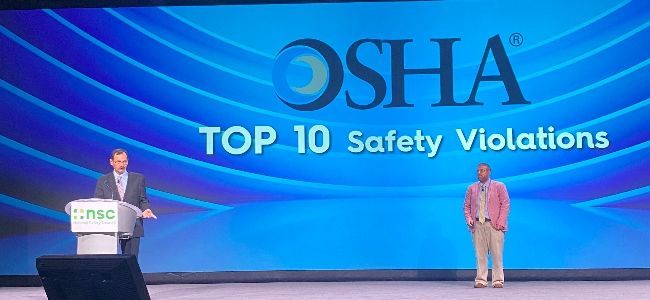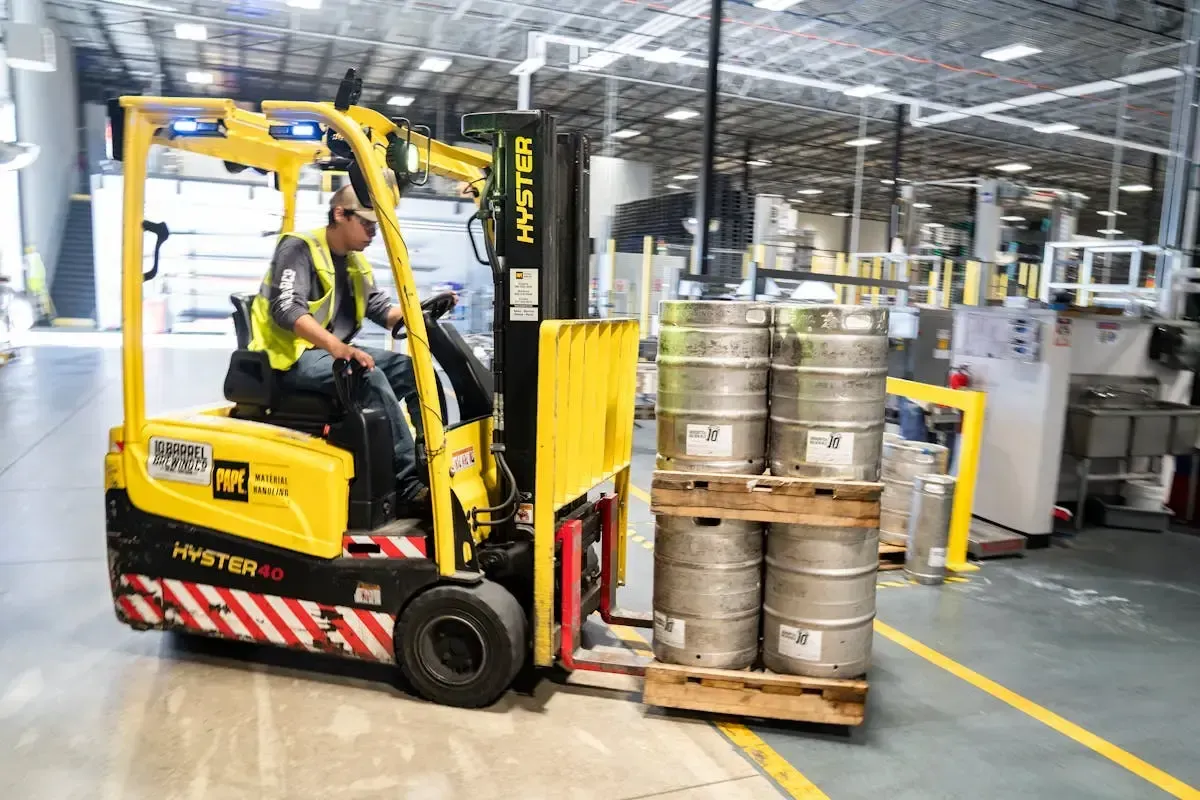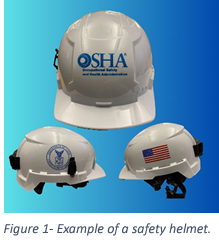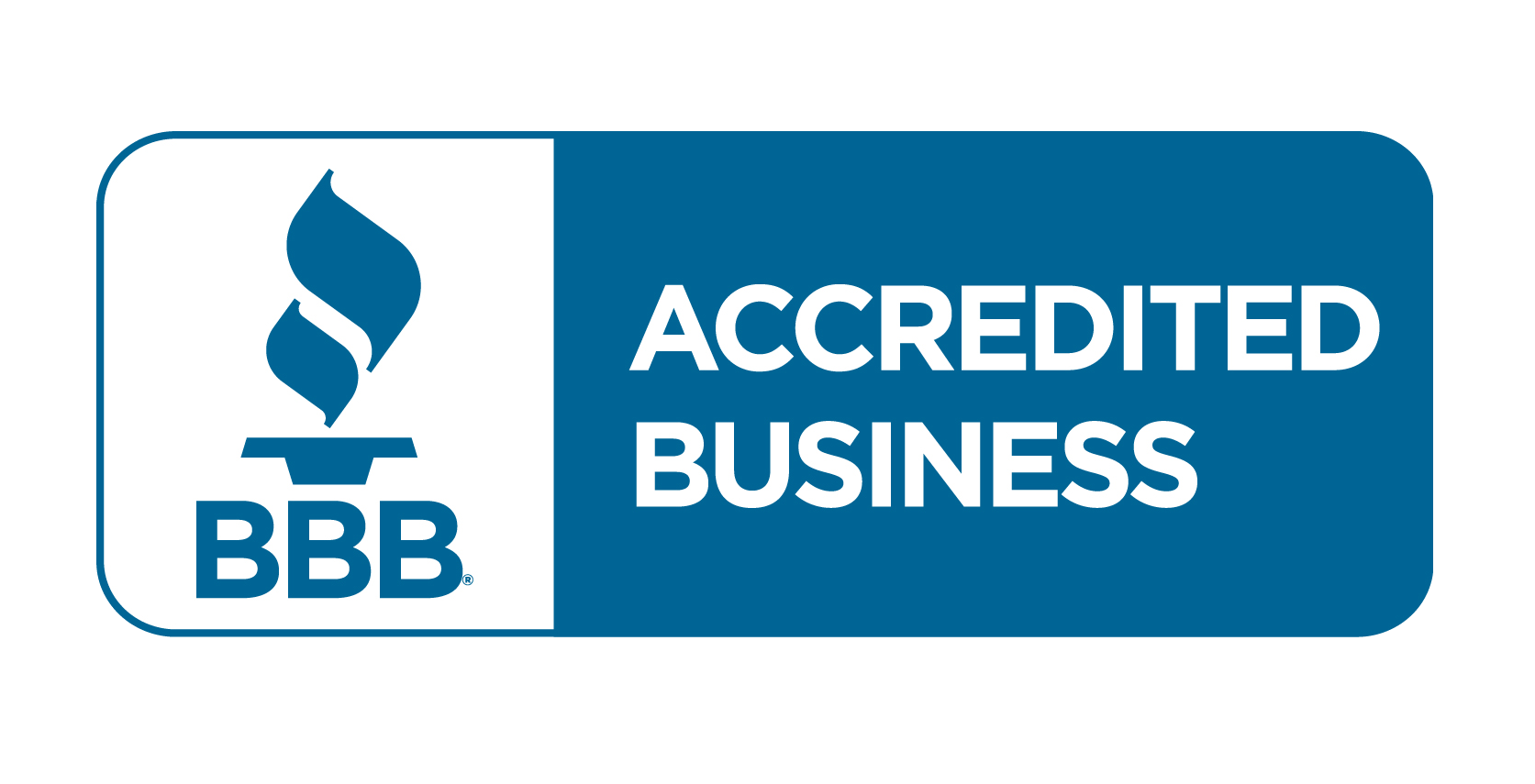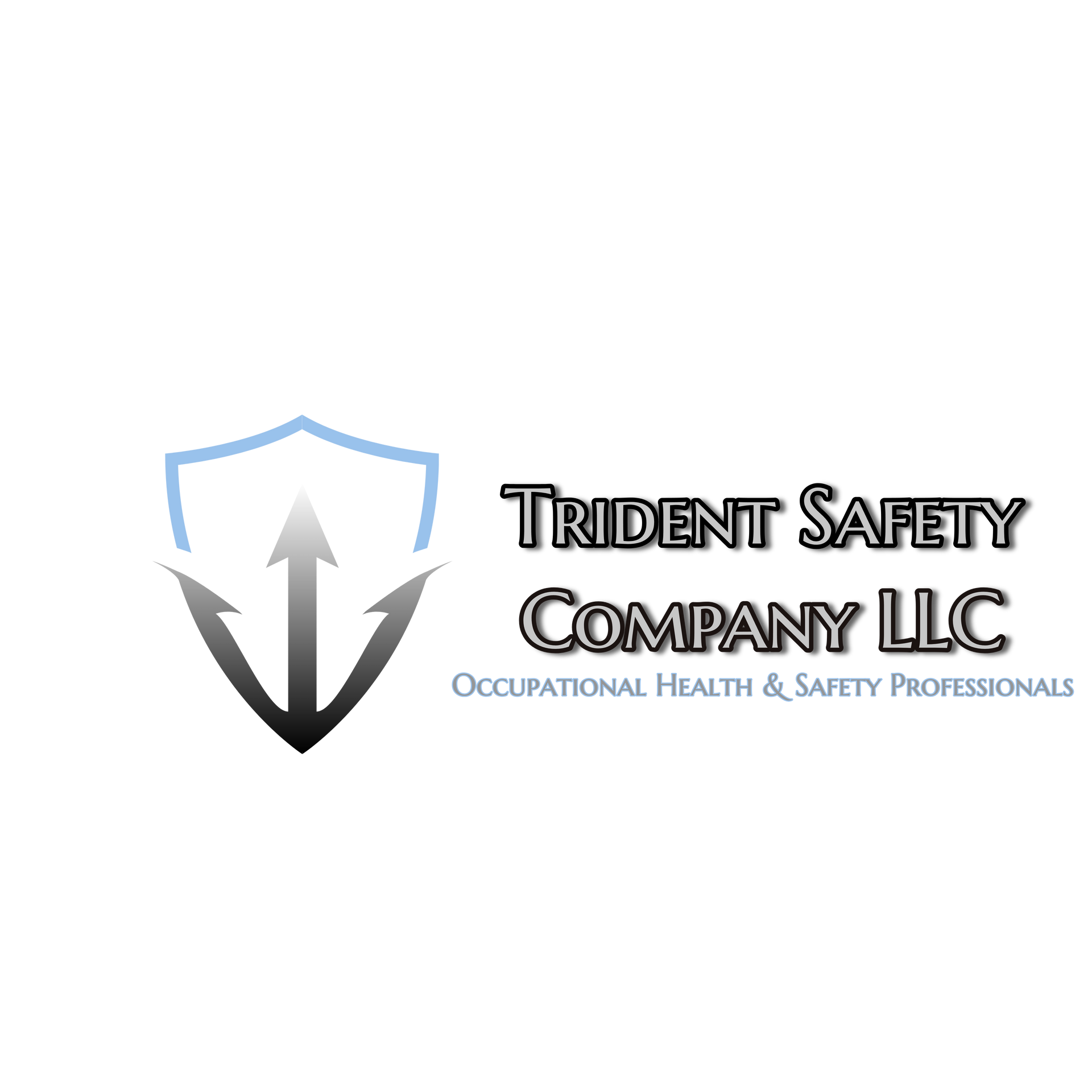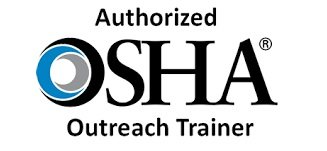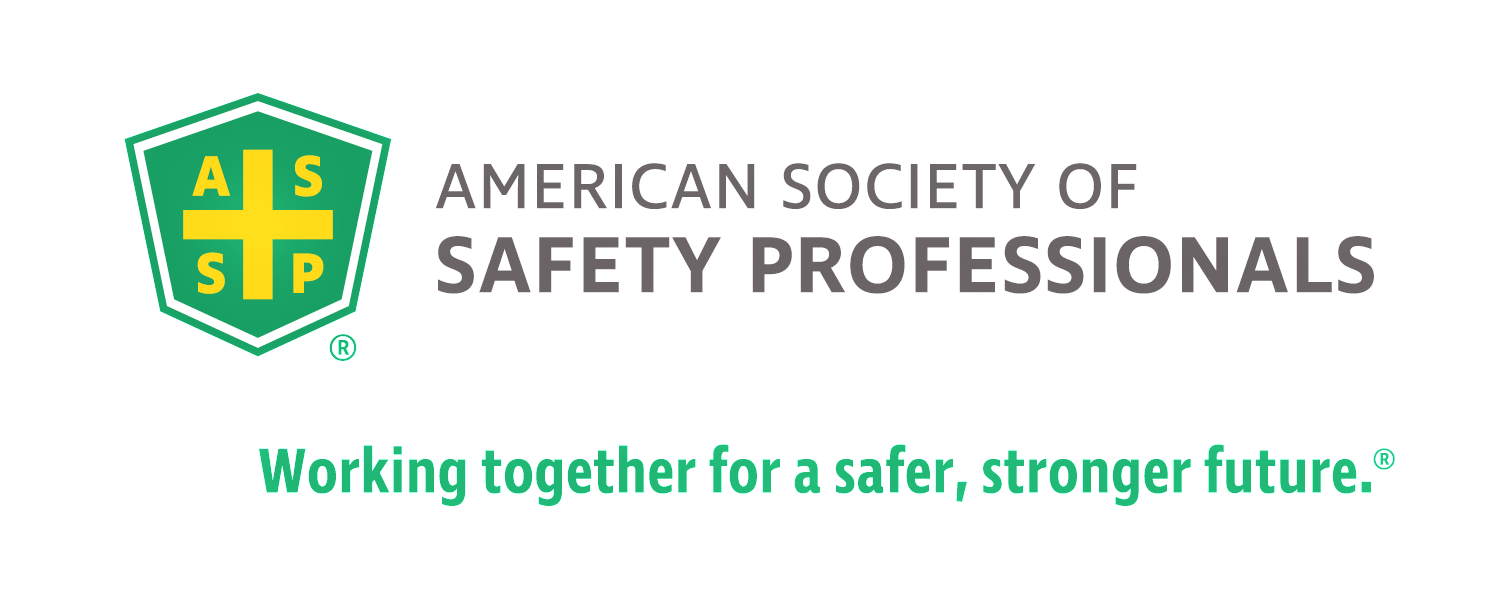ANSI / ISEA standard First Aid Kits in the workplace
ANSI/ISEA standard on workplace first aid kits gets update

Arlington, VA — Consider the uniqueness of the work environment, and the types of potential injuries, when determining if additional first aid supplies are needed on a jobsite.
That’s a suggestion within the recently revised American National Standards Institute/International Safety Equipment Association standard Z308.1, which OSHA cites as a recommended, nonmandatory source of guidance for minimum first aid kit requirements. ANSI/ISEA Z308.1-2021 was approved April 15 and goes into effect Oct. 15. The previous update took place in 2015.
“Of course, getting in compliance sooner [rather] than later is good because these changes are meant to improve safe outcomes for employees,” Todd VanHouten, chair of ISEA’s first aid product group, said during a May 12 webinar that explored changes to the standard.
Among the highlights:
More specificity for tourniquets: The equipment intended to prevent blood loss should be at least 1.5 inches wide and be effective for limb sizes 7-33 inches round.
Making foil blankets mandatory: This measure was enacted after assessing similar international standards and recognizing “the multiple purposes that the item can serve to respond to first aid emergencies.”
Further guidance on bleeding control kits: These “contain more advanced first aid supplies to immediately treat life-threatening external bleeding,” ISEA says.
Additionally, the revision includes a “more robust discussion” to assist employers when assessing risks and identifying potential hazards to select additional first aid supplies. The standard calls on employers to consider:
- What are the potential hazards?
- What kinds of injuries have occurred or could occur in relation to these hazards?
- What types of first aid supplies are needed to treat these injuries?
The revision retains the classification of “Class A” and “Class B” kits, introduced in the Z308.1-2015 update and based on the quantity and assortment of supplies. Class A kits generally are suitable for all wounds, minor burns and eye injuries. Class B kits are intended to treat injuries more often found in densely populated workplaces with complex and/or high-risk environments, such as warehouses, factories and outdoor areas.
“Employers should check their first aid cabinets against the new standard and make the necessary changes,” ISEA says. “In determining which class of kit is more appropriate for a given workplace, employers should conduct a workplace hazard assessment to first decide if a Class A or Class B minimum fill best fits the type of hazards at the facility.”
Employers are encouraged to inspect first aid kits “at least monthly” or “following a first aid incident when product is used,” and to disinfect cabinet surfaces regularly.
Safetyandhealthmagazine.com 5/18/2022
